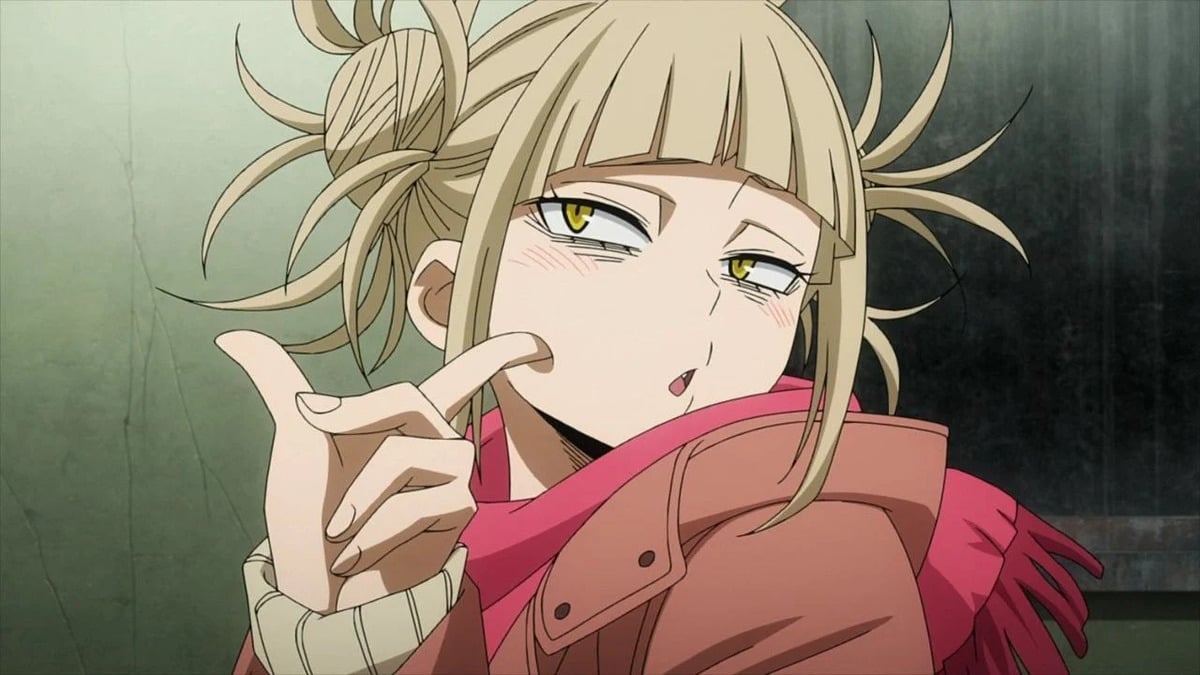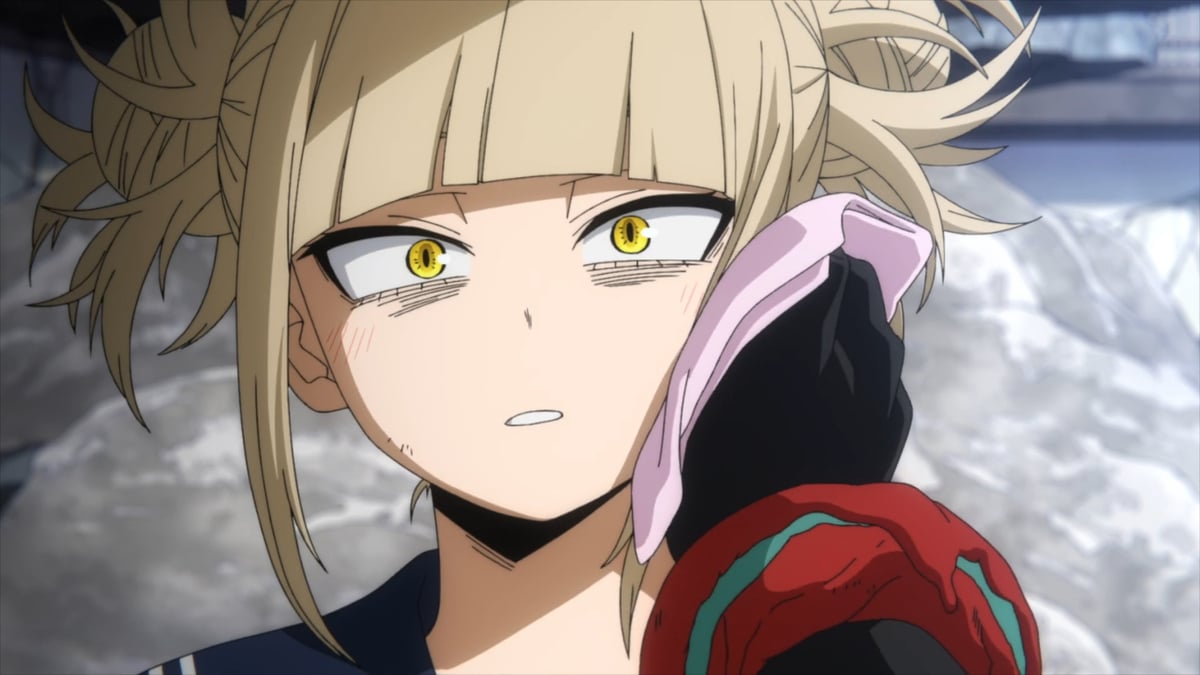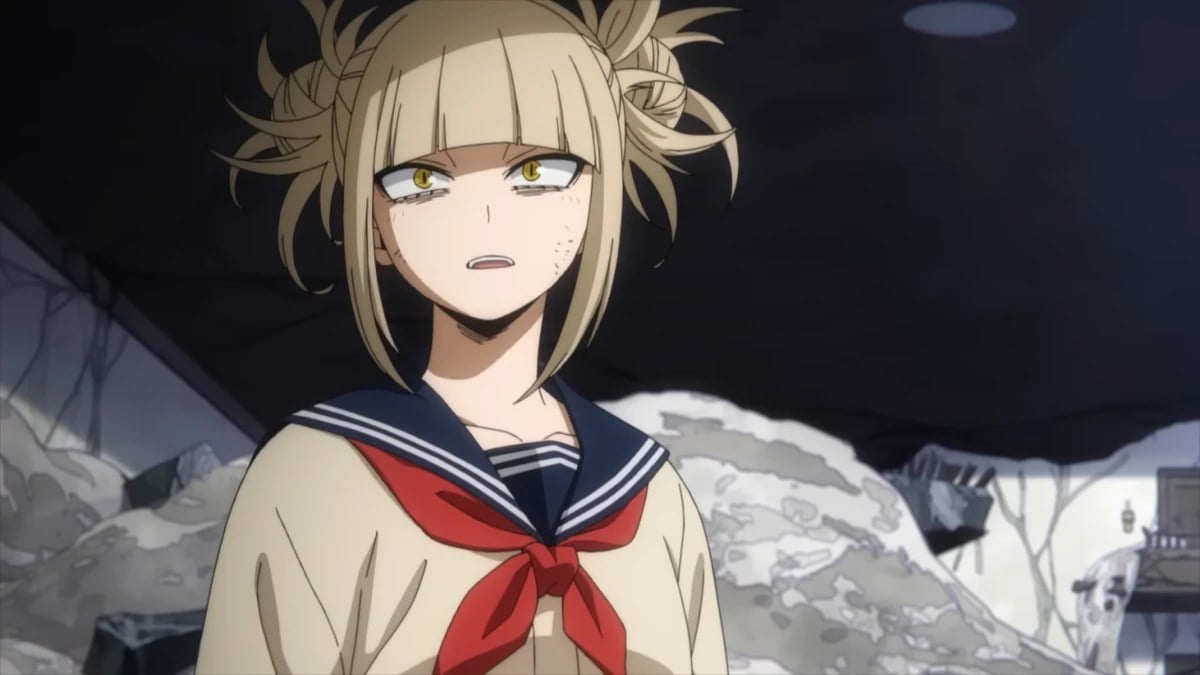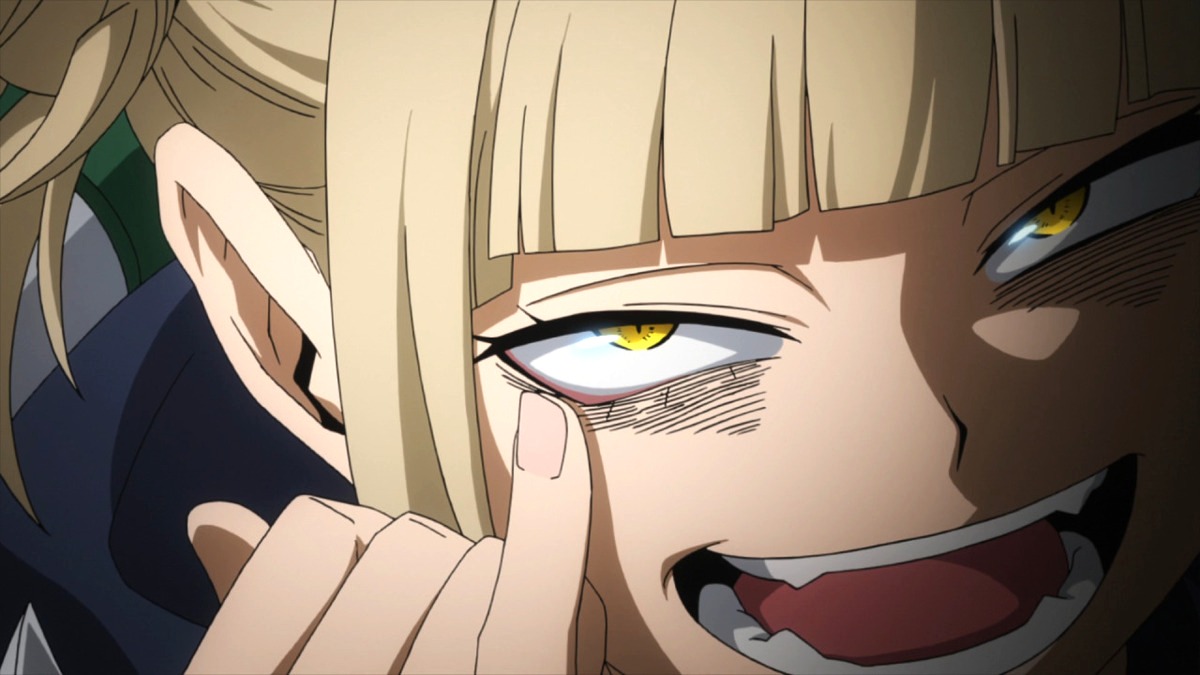Warning: The following article contains spoilers for the My Hero Academia manga, up until chapter 395.
When anime and manga enthusiasts want to consume LGBTQ+ content, we typically gravitate toward stories that put queerness at the forefront. Boys’ Love (BL) and Girls’ Love (GL) are genres that do exactly that, portraying queer experiences to a degree that most other manga and anime series do not. While these types of stories have been growing in popularity recently, they’re not everyone’s cup of tea, as it can get a bit tiring for some to see the same romantic tropes play out again and again.
More often than not, those who favor action or battle stories instead of romance have a hard time finding queer representation. Shonen, in particular, is not a genre of anime and manga that one seeks out for that, but that once in a while can surprise us. Kohei Horikoshi’s My Hero Academia is a good example of such.
When I started the series, it was with the intention of witnessing Izuku Midoriya’s trials and tribulations in the journey to become the greatest hero the world has ever seen. Superhero stories are good fun, and this one does a great job of entertaining its audience with epic fights, enviable powers, and compelling characters. All this to say that the last thing I expected was to get wrapped up in My Hero Academia’s impressive portrayal of queer themes. Oh, you didn’t either? That makes sense. We don’t get to unpack it all until rather late in the series, but when we do… Oh, it’s good.
Those who don’t enjoy dissecting every piece of media they consume may not be aware of it, but through a gruesome allegory, Horikoshi successfully portrays some of the harsh experiences that LGBTQ+ people go through. There’s a high likelihood that folks in the community have picked up on all the signs staring us right in the face, but to those who don’t get it: please stay with me and allow me to explain.
Himiko Toga’s arduous (love) life

In My Hero Academia’s superhuman society, Himiko Toga is a villainous character, with an affinity for blood. Her meta-ability, aka Quirk, allows Himiko to take the physical form of other people, simply by ingesting their blood. Yes, she’s kind of like a vampire, in a sense, but instead of feeding on humans to survive, she does it out of sheer desire to become the people she loves. Of course, more often than not, the character ends up injuring or even killing the subjects of her affection, as the more she loves them, the more she wants their blood. It’s a very twisted understanding of love, but for the bigger part of the series, it’s the only one Himiko has.
While it’s impossible to condone her actions, it’s just as difficult to blame Himiko for them. As theorized by Re-Destro, the character’s personality and understanding of affection are likely a result of her Quirk, which gives her a natural inclination for blood consumption. Consequentially, Himiko is deemed a monster. When her parents find her bloodied for the first time, crying after having just drank the blood of an animal, they entrust strangers to correct her behavior.
“Let’s straighten you out so you can be normal. We’ll fix it. It’ll be like it never existed,” are words lifted from the manga chapter 392, directed at a very young Himiko by a professional specialized in dealing with children such as her. Children with strong Quirks that lead to deviant behavior. Told to be normal, and that no one will ever accept her, Himiko is then forced to repress a natural part of herself, a part that she cannot control. And sure, repression works for a while, until it all becomes too much, and comes pouring out of her uncontrollably. A day in school, seeing a boy she likes bloody from a fight, Himiko makes him her first human victim. Himiko wasn’t “fixed.”

With all of the necessary context out of the way, now is a good time to mention that Himiko is also a queer character, shown in the series to fall in love with boys and girls alike. But in this story, her life struggles are a result of her Quirk, not her sexuality. Nevertheless, in many ways, Himiko’s experiences resemble those of many LGBTQ+ people, whose identities are treated like something unnatural, something to be fixed for the sake of others’ comfort. Treated like something they should repress or hide to live a “normal” life.
Rejected by her family, peers, and society at large for her way of loving, Himiko seeks community in the League of Villains, who not only accept her for who she is but encourage her to manifest her affections freely. In the fantasy series, this means consuming the blood of whoever she pleases, but you get the point. Sadly, this part of Himiko’s story, too, resonates with a significant portion of young queer people who, to this day, continue to be disowned and kicked out of their homes by those in charge of protecting them. The found family trope is a big part of LGBTQ+ media for a reason, after all. When our own flesh and blood don’t want us, we surround ourselves with others who do. We help one another suture the wounds of the past and move forward.
Of course, over the years, things have gotten better for queer people in some parts of the world. (And now they’re getting worse again. Round and round we go, I guess.) But whether or not one has stared intolerance in the face to the same degree as Himiko is irrelevant. These experiences are still real for many around the globe, and even those who haven’t dealt with conversion therapy or homelessness can empathize with the character’s struggles. It’s easy to look at Himiko and think: That could’ve been me; if I had been born in a different time period, in another country, surrounded by different people.
Queer themes in horror

It should be easy to understand by now, then, how My Hero Academia perfectly captures the struggles of being part of the LGBTQ+ community while living in a bigoted society. Instead of making queerness the focus of Himiko’s story, though, the series explores these themes through her macabre Quirk. This is not at all to imply that queerness is equatable to dark or violent impulses, but horror is and has always been a genre in which LGBTQ+ characters thrive, as audiences can easily relate to the struggle of feeling “other.” Vampire stories, in particular, have long since adopted homoerotic undertones, a lot of the time being considered metaphors for queer love and desire. These creatures are outcasts, shunned by society for needs they cannot control, forced to live in the shadows, in secrecy — all experiences that parallel those of queer people in real life.
The 2022 romantic film Bones and All is another perfect example of queerness explored through horror. In it, cannibalistic hunger serves as an allegory for love, a type of love that can only be acted upon in secrecy, lest the protagonist scare off everyone around. She ends up doing precisely that anyway, early into the film, but in her journey of self-discovery and acceptance, she finds comfort and safety in someone who shares her experiences. Sounds familiar, doesn’t it? Like it or not, horror continues to be a genre conducive to great, creative queer representation.

All that said, it’s important to acknowledge the problems with queer characters being, time and again, portrayed as villains in a story. Don’t worry, I’m well aware of this issue. But I argue that it’s also important for LGBTQ+ representation to be messy and complex. Not all queer people are evil, but we’re also not all angels, as is the case for literally any and all groups of people. Queer characters should be allowed to play in the same shades of dark gray that others are, then. They should be allowed to be flawed, to be villains worthy of just as much depth and humanity as their heterosexual and cisgender counterparts. To me, it’s more important for LGBTQ+ representation to be broad, than for it to all be good. Give me goody-two-shoes characters, give me rebels without a cause, give me compassionate, lovable geniuses, and give me brutes. I want all of it.
Himiko Toga may have severely warped conceptions of love, but it’s hard not to empathize with her story regardless. It also helps that she has one of the best character arcs in My Hero Academia, with Himiko eventually discovering a new, selfless type of love with Ochaco. After spending her entire existence affectionately draining others of their blood, Himiko gives away her own to save the girl she loves.
All in all, Himiko’s story brings a breath of fresh air to Shonen manga, with a complex villain who has been given plenty of motives to be angry at society but manages to find happiness and acceptance in a group of social rejects. Despite her tragic ending, this character learns how to be herself fully, not compromising intrinsic parts of her nature to fit in. “I live and love how I please” became Himiko’s motto, and how right she is.

